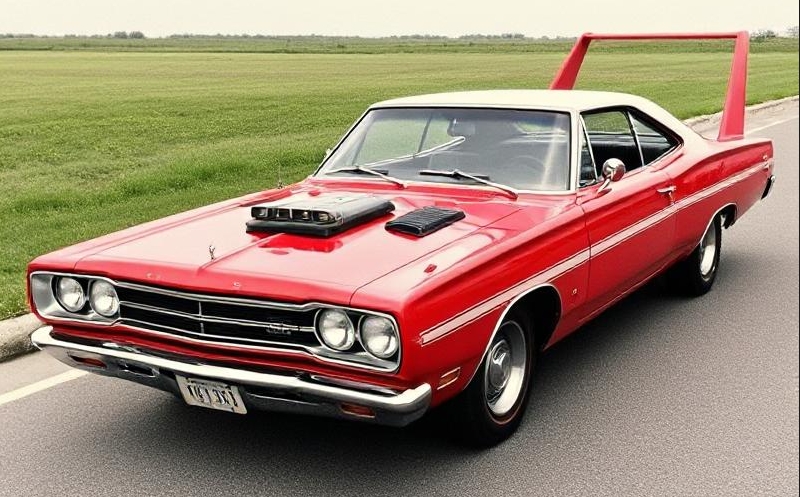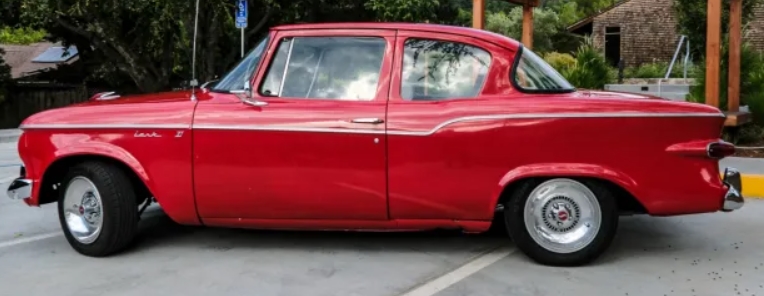The Evolution of the Plymouth Satellite: A Classic American Car
The Plymouth Satellite stands as a testament to the changing tides of American automotive design and culture. Initially emerging during the golden age of muscle cars, the Satellite transitioned through various phases, reflecting shifting consumer preferences and regulatory landscapes. From its debut in 1964 until its final production runs in the early 1980s, the Plymouth Satellite underwent numerous transformations. This article will delve into the evolution of the Plymouth Satellite, highlighting its models, trim levels, and the contextual changes that shaped its existence.
1964–1965: The Birth of the Satellite
The Plymouth Satellite was introduced in 1964 as a higher-end trim level of the Plymouth Belvedere, aimed at customers looking for more luxury and performance in an affordable package. The Satellite was designed to compete with other mid-size cars in the burgeoning muscle car market.
1964 Models
- Belvedere-based Trim: The 1964 Plymouth Satellite featured a chrome grille, upgraded interior trim, and sportier options compared to the Belvedere. Engine options included the 225 cubic inch (3.7 L) slant-six and various V8 options stretching up to 426 cubic inches (7.0 L), including the 383 cubic inch (6.3 L) version.
1965 Models
- Shift to Standalone Model: For 1965, the Satellite became its own standalone model, further differentiating itself from the Belvedere. The styling included a more pronounced front end and modernized aesthetics. Trim options were expanded, and new performance options, such as the 426 Hemi engine, cemented its appeal among speed enthusiasts.
1966–1970: The Muscle Car Era
The late 1960s marked the pinnacle of muscle car performance and style, with the Satellite embodying these traits. These years saw a blend of style and power that captured the spirit of the era.
1966 Models
- Styling Changes: The 1966 Plymouth Satellite adopted a new design with a flatter roofline and more aggressive styling. Engine options included the 318 V8, 361 V8, and the much-coveted 440 Magnum.
1967 Models
- Further Updates: The 1967 model brought minor changes to the front grille and interior design. New options included the performance-oriented GTX variant, which focused on raw power and performance, while the Satellite maintained its reputation as an everyday muscle car.
1968 Models
- Return to Muscle Roots: The 1968 model year saw minimal changes but kept the essence of performance alive with several potent V8 options. The introduction of the muscle car sensation, the Road Runner, added a youthful and spirited audience to the mix.
1969 Models
- Transitional Year: The changes in 1969 continued to emphasize performance, with bold graphics and colors. While the Road Runner gained popularity, the Satellite remained a respected contender in the muscle car market.
1970 Models
- First Major Redesign: The 1970 model year was a significant redesign for the Satellite, which featured bold, aggressive lines, a longer hood, and a more streamlined body. This generation was popular for its performance and style, with available engines including a high-output 440 V8 and the iconic 426 Hemi.
.

.
1971–1974: The Era of Transformation
As the 1970s progressed, the automotive landscape began to change dramatically due to new regulations, oil crises, and shifting consumer preferences.
1971 Models
- New Design Language: The 1971 Satellite reflected Chrysler’s new design ethos, characterized by larger, more substantial vehicles. Engine offerings were reduced owing to new emissions regulations.
1972 Models
- Focus on Comfort: With a focus more on comfort than raw performance, the 1972 Satellite offered multiple trim levels, including the base model, custom, and the higher-end Sebring trim.
1973 Models
- Continued Transformation: The Satellite became noticeably bulkier, reflecting an industry-wide trend toward larger cars. The higher trim options were phased out slightly as safety became a priority, leading to the introduction of energy-absorbing bumpers.
1974 Models
- Last of the Classic Era: The 1974 model year was the final iteration of the first-generation Satellite before significant changes arrived. The range was simplified, and fewer performance models were available due to stricter regulations surrounding emissions and safety.
1975–1980: The Compact Era
In 1975, the Plymouth Satellite evolved again, reflecting the trends toward compact vehicles as consumer preferences shifted in response to fuel prices and insurance costs.
1975 Models
- Transition to a Smaller Car: The Satellite was now based on a smaller platform, moving away from the traditional muscle car image. While V8 engines were still available, many consumers opted for the economy-oriented models.
1976–1980 Models
- Fleet and Police Variants: During this period, the Satellite found a niche in law enforcement and as a fleet vehicle. Robust police package offerings made it a popular choice for police departments, assisting in keeping the name relevant during a time of increased competition in the automotive market.
1981: An End of an Era
The 1981 Plymouth Satellite would ultimately be the last year for this storied model. As the automotive landscape continued to evolve toward fuel-efficient, compact vehicles, the Satellite nameplate was effectively replaced by the Plymouth Gran Fury. The departure of the Satellite marked the end of an era characterized by high horsepower and bold design.
Conclusion
The Plymouth Satellite reflects a rich history of American automotive design and consumer trends. From its launch as a performance-oriented trim of the Belvedere in the early 1960s to its transition into a more practical vehicle in the 1970s, the Satellite captured the essence of changing automotive demands. While it may not be as prominent in the popular imagination as other muscle car icons, its legacy is a reminder of a time when American cars embodied a commitment to style, performance, and individualism. Today, collectors and enthusiasts alike continue to celebrate the Plymouth Satellite, a true icon of American automotive history.







